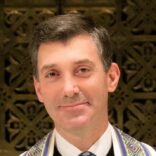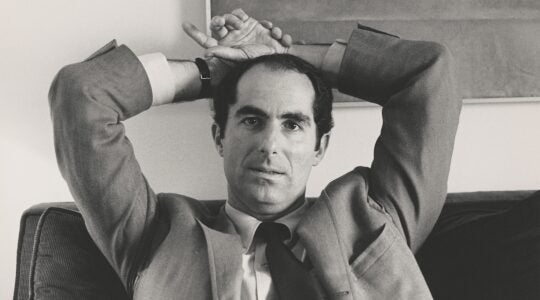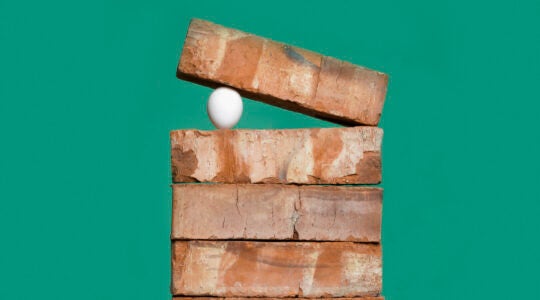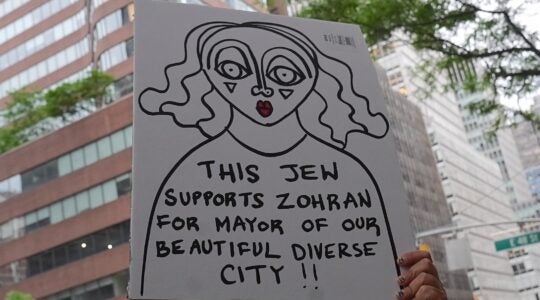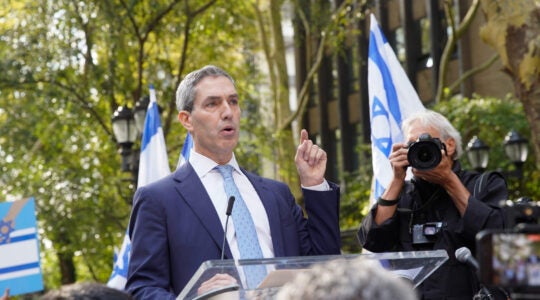We all know the tale: Two seeds lay side by side in the fertile spring soil. The first seed said, “I am afraid. If I send my roots into the ground below, I don’t know what I will encounter in the dark. If I push my way through the hard earth above, I may damage my delicate sprouts. No, it is much better for me to wait until it is safe.” And so she waited.
The second seed said, “I want to grow! I want to send my roots deep into the soil beneath me and thrust my sprouts through the earth’s crust above me. I want to unfurl my tender buds like banners to announce the arrival of spring.” And so she grew.
Most every day of our lives, we choose the path of one of these seeds: either seeking shelter in the familiar or taking a chance on a more fulfilling way of experiencing the world. Given the risks of disappointment and hurt, of jeopardizing what we have by reaching for something more, much of the time we opt for the way of the first seed.
We all know anxiety and fear, our constant companions these last 14 months. Even as the prognosis on American health improves, the prospect of poking our heads out into the world and returning to the rhythms of life frightens us.
I am anxiety prone. When COVID first struck, I scoured the local markets for all the disinfectant and sanitizer, all the wet wipes and paper towels I could find. I scrubbed my hands raw. And any belongings that grazed objects I had not cleaned myself…I washed those, too.
Thankfully, my wife tracked closely the ever-evolving medical guidance. And just as we monitored it at the start of the pandemic to know what would likely keep us safe, as the months passed, we allowed the science to direct us on what not to fear. Slowly we began to reemerge, experiencing some aspects of life that bring us joy and strength.
But it is much easier to fall into the pit of anxiety, than to climb out of it. We are always more inclined to take extra precautions than to scale them back. So now, when experts suggest those vaccinated can relax a bit, we demur. That reaction is completely understandable, of course. We all witnessed communities in our country (and beyond) ignore the advice on masking and social distancing and suffer skyrocketing infection rates. God forbid we should allow that to happen to us. The pandemic is not over. Many Americans are still getting sick, and in some parts of the world the situation is desperate.
For some Americans though, this past year, as frightening as it was, posed less of a hardship than it did for others. Many had the luxury of retreating to weekend or summer homes away from the big city crowds. Many of our children attend schools with resources sufficient for effective online learning, even with the hiccups they may have encountered as their systems got up and running. And many of us have jobs that allow the flexibility to work from home or wherever else we choose.
Of course, this was not the case for the majority of Americans. Recall how, as the pandemic began, we thanked over and again not just the healthcare professionals, but all those others on the frontlines – the bus drivers, the grocery store clerks, the teachers – whose livelihoods placed them at risk every day, for whom retreat was impossible. So many of them got sick and died. We wept for them. But for many of us their day-to-day experiences were foreign.
We who have the option to remain in retreat need to determine whether we rejoin them, or whether we allow our workplaces, our schools, our society to become divided in ways we had not contemplated before. Certainly, we have learned there can and should be changes in our work patterns. For example, now we know how many industries can accommodate the needs of working parents without jeopardizing productivity. That is important, particularly as we strive for gender equity in professional advancement and pay. But if the overriding factor becomes personal convenience, a risk exists to social cohesion.
People need signals from institutions they trust that it is time to reemerge, to poke our heads out into the sunlight, and return to the rhythms of life.
I believe houses of worship have a role to play walking people through this moment of decision. In fact, it is a moment to fuse two forces that too often seem in competition with each other: science and religion. We, as faith leaders, have an opportunity – and a responsibility – to use the data and science provided by researchers and medical professionals to lead our congregations away from anxiety and fear toward growth and renewal. This means allowing people to air their anxieties and know they are not alone in feeling them. It means talking openly about the vaccine and the benefits of receiving it.
And it means reopening. I admit that early in the pandemic, I resented those faith communities that filed lawsuits against local governments when their freedom to congregate was curtailed for legitimate health and safety concerns. But now, in areas where medical guidance suggests it safe for in-person gathering, I believe it vital that houses of worship open their doors – with all appropriate and necessary precautions – not simply to offer worshippers the space to pray for strength during anxious moments, but to demonstrate that it is, in fact, safe to do so. People need signals from institutions they trust that it is time to reemerge, to poke our heads out into the sunlight, and return to the rhythms of life.
Rabbi Joshua M. Davidson is the Senior Rabbi of Congregation Emanu-El of the City of New York.
The New York Jewish Week brings you the stories behind the headlines, keeping you connected to Jewish life in New York. Help sustain the reporting you trust by donating today.
